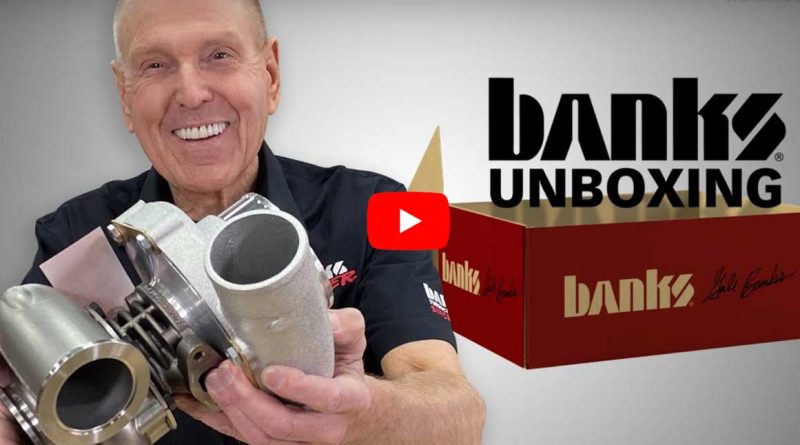
Gale Banks Marine Twin Turbo Time Capsule
Rare Gale Banks Marine Twin Turbo Kit Found: A Boater’s Dream
Discover the story of a lucky boater who stumbled upon a pristine Gale Banks Marine Twin Turbo kit. This legendary performance upgrade, renowned for its power and reliability, is a golden ticket for those seeking to supercharge their boat. Learn how this enthusiast scored a deal on this nearly 40-year-old gem and get inspired to elevate your own watercraft’s performance.









